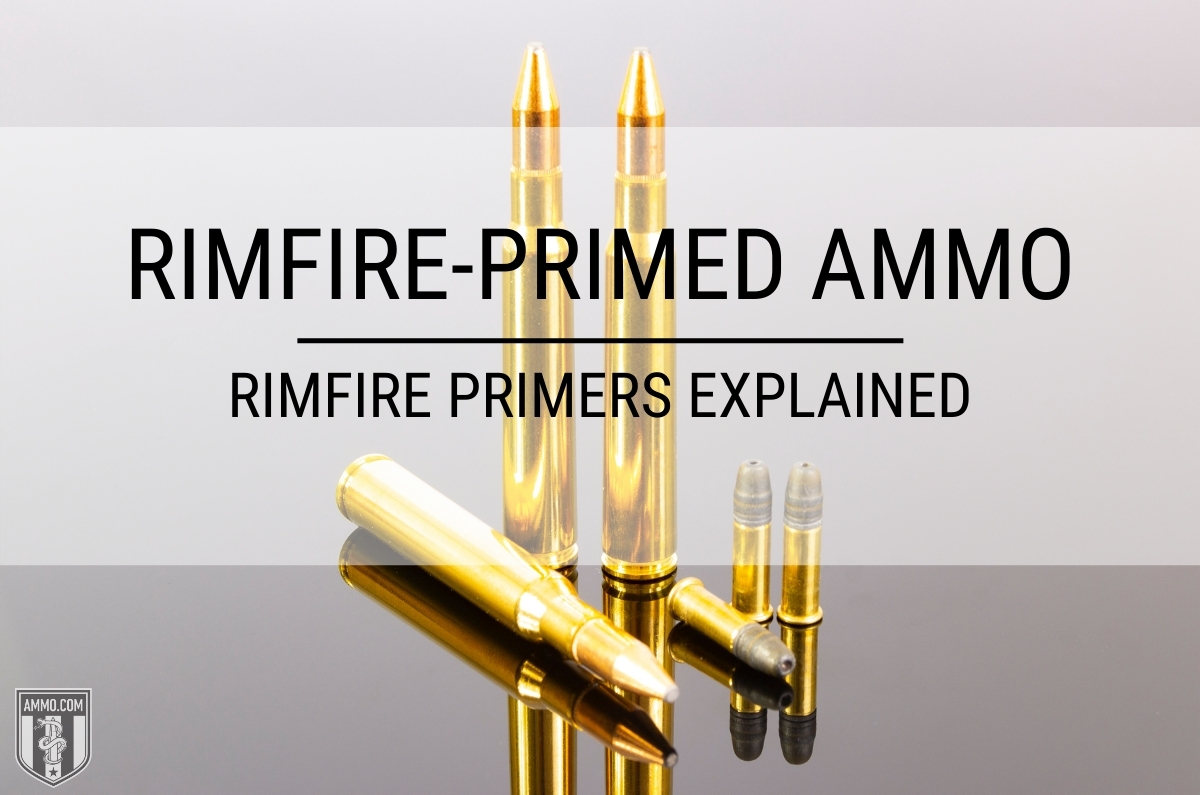Everything about Primers For Sale
Table of ContentsThe 8-Second Trick For Reloading PrimersUnknown Facts About Primers For SaleThe Ultimate Guide To Reloading PrimersSmall Pistol Primers Fundamentals ExplainedThe Ultimate Guide To Federal Primers
Part of the firearm cartridge for starting propellant combustion In guns and also weapons, the guide () is the chemical and/or tool in charge of launching the propellant burning that will certainly press the projectiles out of the gun barrel. In early black powder weapons such as muzzleloaders, the guide was essentially the very same chemical as the primary propellant (albeit normally in a finer-powdered type), yet poured into an external flash pan, where maybe ignited by an ignition source such as a sluggish suit or a flintlock though some muzzleloaders have guides like cap gun caps. remington primers.
Instances consist of handgun cartridges, rifle cartridges, and also shotgun coverings. Bigger artillery pieces in comparison usually use electric priming. In artillery the primers are often a different part, put inside the barrel to the back of the major propellant chargebut there are various other instances of weapons, consisting of for instance some automated weapons, developed to fire cartridges with essential electrical primers.
The Single Strategy To Use For Small Pistol Primers

This hole was filled with carefully ground powder, which was then sparked with a hot coal or torch. With the introduction of hand-held guns, this came to be an undesirable way of firing a gun. Holding a burning stick while attempting to put a charge of black powder meticulously down a barrel is harmful, that site as well as attempting to hold the gun with one hand while at the same time targeting at the target as well as searching for the touchhole makes it really hard to fire properly. [] The very first attempt to make the process of shooting a small arm simpler was the "matchlock".
, and also dried out. After the gun was packed and also the touchhole keyed with powder, the burning pointer of the match was positioned so that the lock would bring it right into contact with the touchhole.
Getting The Small Pistol Primers To Work
This brought the match down to the touchhole, stiring up the powder - https://www.storeboard.com/reloadingprimers. With careful attention, the slow-burning suit can be kept melting for long periods of time, and the usage of the lock system made fairly exact fire feasible. The next revolution in ignition innovation was the "wheel-lock".

The protected flashpan also supplied some capability to endure bad climate. The wheel-lock enjoyed only a quick duration of popularity before being superseded by an easier, more robust style.
Things about Small Pistol Primers
As the name indicates, the flintlock utilized flint instead than iron pyrite. The flint was kept in a spring-loaded arm, called the "penis" from the resemblance of its motion to a pecking hen. The cock turned via about a 90-degree arc as well as was held in the tensioned, or "cocked" position by a trigger. https://relodprim3rs.substack.com/p/coming-soon?r=1rkoiu&utm_campaign=post&utm_medium=web.
The "half-cock" placement held the cock midway back, as well as used a deep notch so that shooting would not launch the penis. Half-cock was a security setting, used when packing, saving or carrying a loaded flintlock. The "full-cock" placement held the cock right back and was the setting from which the weapon was fired.
It acted as both a flashpan cover and also a steel striking surface area for the flint. The frizzen was pivoted and also spring-loaded to ensure that it would secure the open or closed setting. When closed, the striking surface was placed to ensure that the flint would certainly strike at the correct angle to generate a spark.
Indicators on Primers For Sale You Need To Know
The flintlock device was simpler and more powerful than the wheel-lock, and the flint and also steel supplied an excellent, reputable source of ignition. The flintlock continued to be in army service for over 200 years, and flintlocks are still made today for historic re-enactments and also muzzle-loading target competitors, and also for seekers that delight in the additional challenge that the flintlock supplies.
By the center of the 19th century, the percussion or caplock system was well developed., as it was simpler and much more trusted than the flintlock.
The flashpan as well as frizzen were removed and also changed by a small, hollow horizontal cyndrical tube (drum) screwed into the bored-out and also touched flash opening and carrying a "nipple area" over which the cap might be fitted. A "hammer" which also had half-cock (for filling and using the cap) and full-cock positions changed the dick.